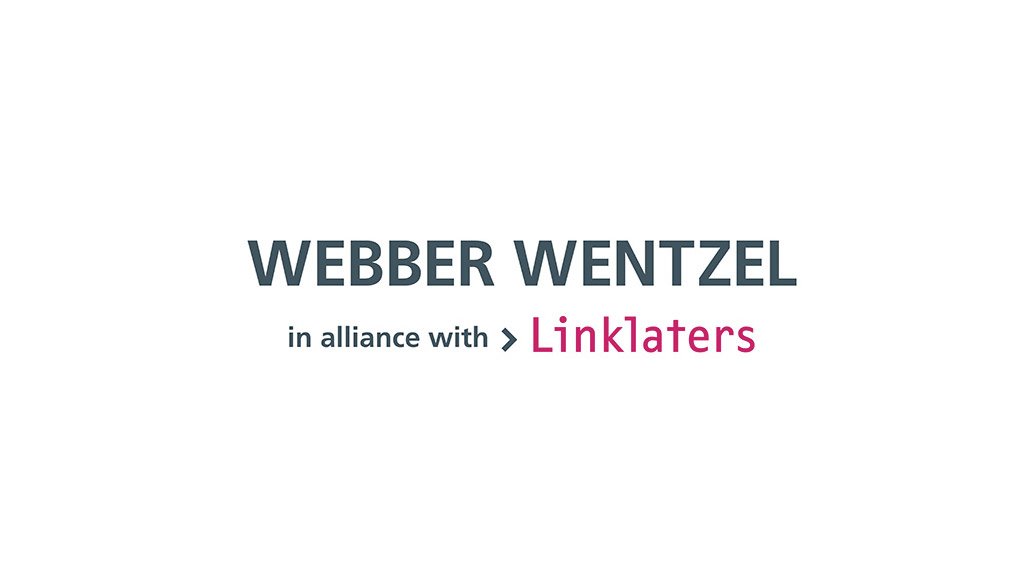The recent PASA International Payments Conference (PIPC), held in Johannesburg on 16 and 17 October, offered valuable insights and sparked anticipation for the future of payments in South Africa. One of the hot topics during the conference was the 50% acquisition by the South African Reserve Bank (SARB) of BankServAfrica, which has rebranded to PayInc.
During a discussion between Professor Herman Singh and Pradeep Maharaj on the role of public-private partnerships, Maharaj expressed his views on the future of the National Payments Utility (NPU) and the intention for PayInc to become the NPU. Maharaj holds the role of chief operating officer within the SARB. In his comments, Maharaj noted that Egypt was a good case study for the establishment of a NPU and remarked that he was perplexed as to why more people did not refer to the Egyptian case study.
What is the Egyptian case study?
Egypt's national payment utility is the Egyptian Banks Company for Technological Advancements (EBC). The company is the "advanced developer and operator of the payments infrastructure, connecting the e-payments ecosystem in Egypt, and offering consumers, businesses, merchants, financial institutions and state agencies seamless, interoperable and instant payment capability."
EBC is the technological arm of the Central Bank of Egypt (CBE) and has been entrusted with the modernisation of Egypt’s digital payments know-how and infrastructure. EBC provides the infrastructure for electronic payments and interbank services in Egypt.
Acting as operator, EBC offers the following services:
- 123 Network: A gateway for internal and regional card networks. Any cardholder can process transactions through any ATM or agent case point, and not only their bank. The network accepts all types of card payments, including credit, prepaid and debit cards, as well as public and private sector payroll and pension payouts.
- EG-ACH: The Multi-Currency Automated Clearing House (EG-ACH) is a national scheme that facilitates bulk interbank transactions.
- Meeza Digital: The Meeza Digital Network connects more than 50-million mobile wallets.
- Meeza Cards: The Meeza Card Scheme is the Egyptian domestic card scheme.
- Instant Payment Network - Instapay: Egypt’s real-time payments, mobile-enabled payments system. In 2020, the CBE issued a mandate requiring all banks operating in Egypt to support the Instant Payment Network (IPN). There are approximately 12.5-million registered users.
According to statistics on EBC's website, it services over:
- 48-million banked and unbanked Egyptians;
- 40 financial institutions connect to the ECB network;
- 9 000 e-commerce merchants who use ECB's services;
- 840 000 merchants plugged into the system;
- 50-million mobile wallets; and
- 24 000 ATMs across Egypt.
EBC is a strong example of what a national payments utility can achieve. Similar to the journey South Africa has now embarked on, EBC is a joint-stock company owned by several Egyptian private and public banks, as well as the CBE, which holds a 54% majority shareholding. This means that EBC is an example of an African national payments utility that is partly owned by a central bank, where the central bank plays both the role of operator and regulator. In assessing the factors that have contributed to EBC’s high adoption rates, they include:
- mandated participation in certain products;
- subsidised offerings (for example, certain services were introduced at no charge to users and participants when first launched in the Egyptian market); and
- regulatory reforms to the payments framework.
According to figures published by the World Bank Group, Egypt's population was roughly over 109-million people in 2020. According to the IMF Egypt will remain one of the top four economies in Africa leading up to 2030.
As part of its broader "Less Cash Transformation Framework", the Egyptian government has also established the National Payments Council, which performs the following functions:
- Decreasing the use of cash outside the banking sector and supporting and promoting the use of alternative digital payment methods and channels.
- Developing national payment systems and their oversight frameworks to reduce risks associated with those systems and maintain secure, efficient and effective payment systems.
- Working towards financial inclusion by bringing as many citizens as possible into the banking system, integrating the informal economy into the formal one, reducing the cost of funds transfer and increasing tax receipts.
- Protecting the rights of payment systems and service users.
- Building a competitive payment services market and regulating and overseeing existing entities in the market.
The Egyptian case study highlights that achieving public policy goals in the payments sector requires collaboration. The success of such a collaborative effort depends on several factors, including the commercial viability of the services offered, the regulatory framework of a country, whether participation is voluntary or mandatory, and buy-in from all stakeholders into the overall national vision.
South Africa's overarching vision for payments is set out in Vision 2025 and further elaborated on in the SARB's Digital Payments Roadmap, with the detailed plan contained in the Payments Ecosystem Modernisation (PEM) Programme.
Over the next two years, the payments industry will experience significant change. The prevailing sentiment from the public sector representatives who attended the PIPC conference was clear, the old way of doing things is over, and the future of payments will require a fundamental mental shift from all stakeholders.
Written by Lerato Lamola, Partner at Webber Wentzel
EMAIL THIS ARTICLE SAVE THIS ARTICLE ARTICLE ENQUIRY FEEDBACK
To subscribe email subscriptions@creamermedia.co.za or click here
To advertise email advertising@creamermedia.co.za or click here











